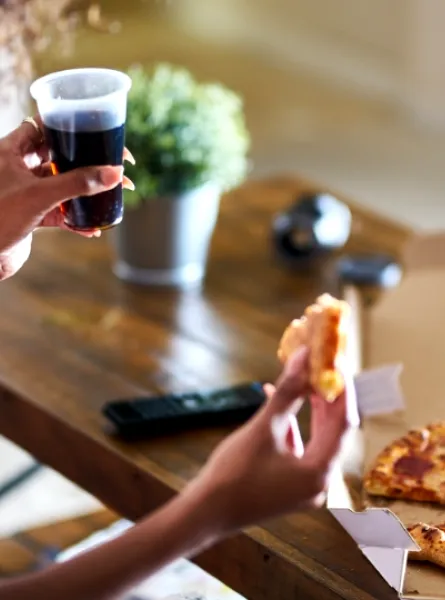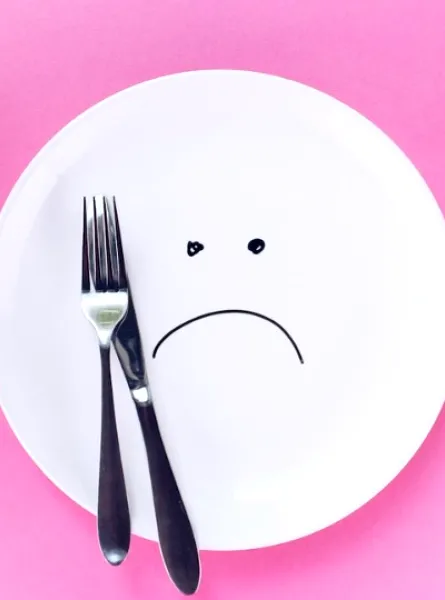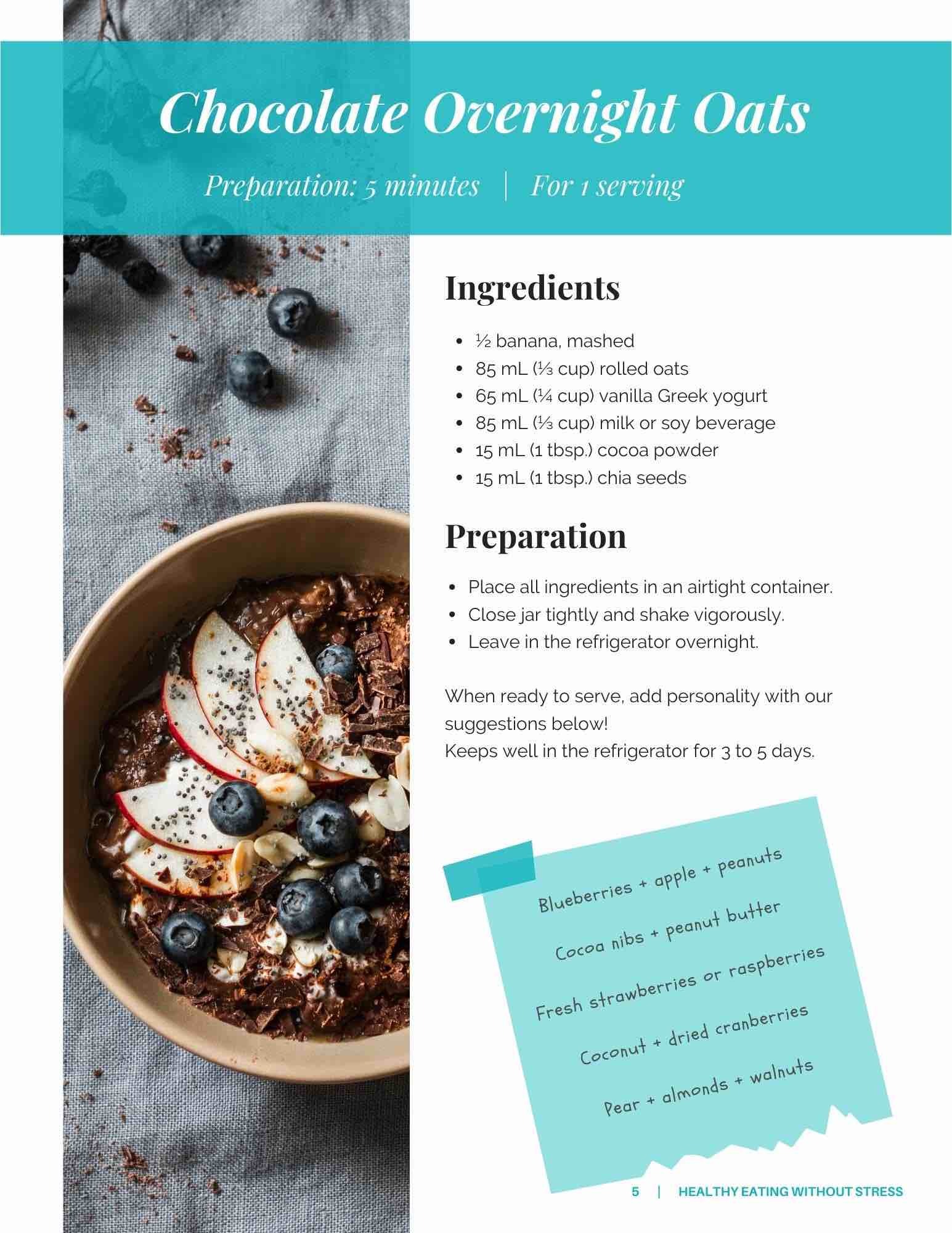
It’s not always easy to feel good in your body. Between social pressures, comparisons, and our own expectations, we sometimes doubt ourselves or feel disconnected from the image we have of ourselves. And that’s completely normal.
The good news is that this relationship can evolve. With a bit of perspective, self-compassion, and a few simple daily actions, it’s possible to move toward a kinder, more peaceful view of ourselves.
In this article, we’re sharing concrete, accessible ideas to help you care for your body image and your relationship with food—one small step at a time.
1. Becoming Aware of What Shapes How We See Our Bodies
Our relationship with our bodies doesn’t form overnight. It’s shaped by:
- our life experiences
- our environment and loved ones
- the culture we grow up in
- messages we receive as children
So, it’s normal if that relationship is imperfect or changes over time. But by becoming aware of what influences it, we can begin to free ourselves from its negative effects.
Questions to reflect on:
- Have I ever avoided an activity because I felt uncomfortable in my body?
- Do I speak to my body the way I would speak to a friend?
Even simple questions like these can open the door to a gentler view of ourselves.
2. Noticing Everyday Habits
Some daily behaviours—often unconscious—can reinforce body dissatisfaction. Identifying them is the first step toward change.
What to look out for:
- Weighing yourself often
- Checking your reflection frequently
- Comparing yourself to others, especially on social media
- Hiding under clothes
- Turning down social invitations
- Repeatedly trying to change your body (diets, overtraining, etc.)
Try this: Choose one of these behaviours and simply observe it, without judgement. Then, notice how it impacts your mood, your thoughts, and your actions.
For example: Notice each time you feel like weighing yourself. What feeling or control are you hoping to find at that moment?
3. Understanding What Affects Weight And Recognizing Our Limits
We often hear that eating better and moving more is all it takes to manage weight. But while common, this idea is overly simplistic. In reality, weight is influenced by a complex mix of factors: some we can control, and some we can’t.
Recognizing this complexity means being honest and compassionate with ourselves.
Genetics: A Unique Foundation for Everyone
Every body has its own natural weight range. Two people can have similar habits but very different weights—and that’s perfectly normal.
This natural weight depends in part on:
- our metabolism
- our body composition
- how our body uses and stores energy
Two people might eat similarly and be equally active, yet have different body shapes and weights. That doesn’t mean one is doing “better” than the other.
Lifestyle Habits: To Feel Better, Not to Take Control
While daily actions don’t “control” weight, they do influence overall well-being:
- Getting good sleep helps manage stress, appetite, and mood
- Moving in enjoyable ways reconnects us with the pleasure of physical activity
- Eating enough and eating variety supports energy, focus, and satisfaction
These habits aren’t about perfection or weight loss—they’re about improving daily quality of life.
Environment: An Invisible but Powerful Factor
Our relationship with our body and food is also shaped by our environment: family, culture, media, social media, workplaces.
Common environmental influences include:
- Growing up in an environment where appearance was often commented on
- Frequently hearing about diets or “good” and “bad” foods
- Feeling inadequate compared to unrealistic beauty standards in the media
- Feeling pressure to perform or please others
All of this affects how we see our body, what we eat, and what we think we “should” be. Recognizing these influences can help us take a step back, filter out the noise, and reconnect with our true needs.
In summary: Our weight isn’t just a reflection of what we eat or how much we move. It results from a complex combination of genetics, lifestyle, and environment. Taking all of this into account helps us manage our expectations—and free ourselves from rigid or guilt-driven thinking.
4. Taking Care of Yourself… Starting Now
Instead of aiming for a number on the scale or a specific size, we can choose actions and intentions that nourish well-being, kindness, and motivation in the here and now.
You don’t need to change your appearance to deserve care. Real transformation comes from how we treat ourselves.
These small daily gestures—simple but powerful—can soothe our relationship with our body. They remind us that it deserves comfort, respect, and attention—without conditions.
Try this:
- Clean up your social media feed
- Choose clothes that are comfortable and fit your current body
- Prepare a breakfast you enjoy and that satisfies you
- Take a real lunch break—no screens or distractions
- Apply a soothing cream or oil after your shower
- Go for a 10-minute walk after work to relax
- Move your body for enjoyment, not to “fix” it
- Thank your body for everything it lets you do
5. Improving Your Relationship With Food
As we soften our view of our bodies, another aspect comes into focus: how we nourish ourselves.
Our relationship with food often reflects our relationship with ourselves. And just like body image, it can be marked by control and guilt—or evolve into something more free and compassionate.
The more rigidly we try to control our eating, the further we can drift from what our bodies truly need.
This can lead to:
- Difficulty recognizing or satisfying hunger
- A lack of satisfaction with eating
- Overeating episodes followed by guilt
Trying to control everything perfectly can lead us to lose what really matters: the power to choose freely.
Reflect on this:
- Do I ever tell myself, “I shouldn’t eat that”?
- Do I eat with pleasure… or feel like I have to “make up for it” later?
These aren’t trick questions—they’re invitations to more freedom.

6. Reconnecting With Your Body: Eating Mindfully
This isn’t about overanalyzing—it’s about slowing down, tuning in, and reconnecting to your body’s cues.
Ways to try it:
- Notice when hunger starts to appear
- Choose a calm moment to eat
- Observe your cravings without judgement
- Choose foods that feel good for your body and your mood
- Move your body to feel good—not to “compensate” for eating
Try this: Have a snack with no distractions. Notice its texture, taste, and smell…
7. Rediscovering the Joy of Eating
Pleasure is a powerful ally. It helps us recognize our needs, feel satisfied, and develop a more relaxed relationship with food.
Ways to cultivate it:
- Play with textures and flavours
- Add colour or fresh herbs to your dishes
- Cook a recipe that inspires you
- Eat what you love… and don’t force yourself to eat what you don’t
Try this: Pay attention to one bite today. What is its texture? Its taste? Does it remind you of something?
Toward a More Peaceful Relationship With Your Body and Food
Improving body image and your relationship with food doesn’t require drastic change. It’s about consistent, gentle steps.
Ready to move forward with compassion? Book an appointment with a registered dietitian from our team today.






